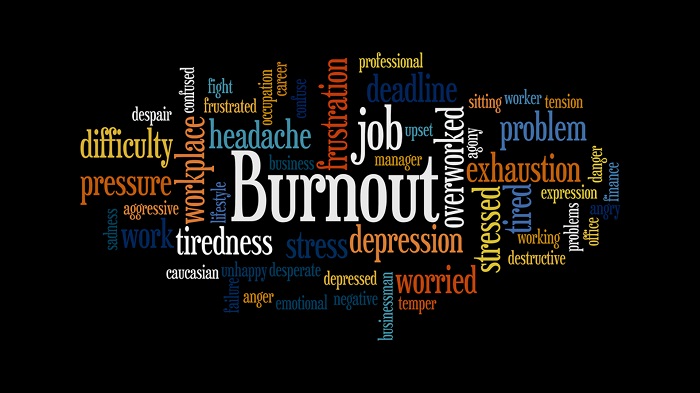Worker burnout contributes to decreased safety

Poor working conditions and long hours cause worker burnout which increases the risk of serious injury by 19 per cent and reduces productivity and job satisfaction.
While there is no official definition of worker burnout, it can affect all types of workers and businesses should take time to understand the causes, symptoms, and risks, as well as the avenues to prevention.
What is worker burnout?
- Affects all types of workers
- Burnout is the result of severe job stress and long working hours
- Can lead to job dissatisfaction, reduced performance, cynical feelings, and unsafe behaviours
- Can be prevented by limiting working hours and creating a supportive working environment
Causes of worker burnout
Unclear job expectations, lack of control over decisions, and monotonous or chaotic work activity are all conditions that lead to job stress and worker burnout.
Similarly, working long hours contributes to job stress and worker burnout. The National Center for Biotechnology Information studied the association between long working hours and burnout and found that working over 40 hours per week is correlated with burnout. The association is even stronger when working over 60 hours per week.
Signs of job burnout
Workers may become cynical about their jobs; they may lack energy and suffer from reduced job performance. Employees may even notice changes in their sleeping and eating habits. These symptoms are the results of burnout.
Worker burnout can also lead to issues with productivity. A study by Stanford University and the Institute of Labor Economics found that productivity drops sharply after working 50 hours per week, and productivity practically ceases after 55 hours.
Safety and business risks
Worker burnout poses significant safety risks through physical exhaustion and reduced weariness. Job stress and long hours can contribute to workers feeling fatigued, less aware, and weak.
Perhaps the most prominent danger to employees is the risk of injury. A 2015 report on burnout and safety by the American Society of Safety Engineers found that “[burnout] increases the risk of severe injury both on and off the job.”
According to the study, forestry workers “who exhibited burnout symptoms at least once a month saw a 19 per cent increase in their risk of serious injury as compared with people who experienced burnout symptoms less often.”
The study also discovered that burnout leads to increased errors by medical professionals and healthcare providers.
And because burnout leads to decreased employee satisfaction it also contributes to employee turnover.
According to a study of social workers, role stress and worker burnout was a key predictor in employee turnover intention.
Prevention of worker burnout
The key to preventing worker burnout and the consequences that follow is creating an environment with reasonable working conditions and working hours. One of the easiest ways to prevent burnout is to manage the number of hours employees work per week.
Employers should also define clear role expectations and safety expectations. These guidelines can help lower job stress for employees.
Support or mentor programs can also provide workers with a sense of community, which can lower job stress.








































































